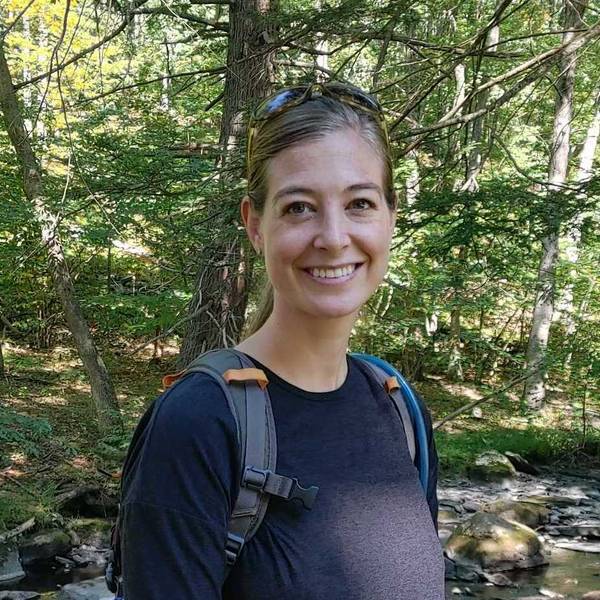Ways to enjoy day trips and vacations while causing minimal harm to the landscape.
Ah, summer: Just saying the word conjures up images of carefree weekends devoted to little league, pool parties, sunset barbeques and trips to the beach.
But even people who take care to leave no trace may not realize how some summer activities can cause harm. Whether we’re hitting the trails, setting up camp or bobbing along in an inner tube, there are simple ways we can all minimize our impact on the landscape this summer.
Here are a few ways to get the most out of your upcoming adventures while treading a little lighter.
1. Lather on reef-friendly sunscreen. Sunscreen is essential, but many traditional brands include not-so-lovely ingredients, such as oxybenzone, octinoxate and other toxic components that can damage aquatic life and harm coral reefs. Unfortunately, there is no agreed-on definition of “reef-safe,” so it can be tricky to know which brands to choose. Safer options include brands with non-nanotized zinc ozide or titanium dioxide. You can also minimize the amount you need by wearing a hat and covering up more of your body when you’re in direct sunlight.
2. Ditch the straw. Your picnic is already pretty sustainable if you pack your reusable water bottles and food containers in a canvas tote. But did you know that plastic drinking straws are getting the boot in many places — from restaurant franchises to entire cities — due to the harm they cause marine life and their overall contribution to plastic waste? If you need a straw, opt for a reusable one made of steel, silicone or bamboo or choose biodegradable paper instead.
3. Monitor your campfire. Who doesn’t love a good s’more? Just make sure you start your fire in an approved location and never leave it unattended. Not only will you make Smokey Bear proud by reducing wildfire risks, you’ll also minimize the total number of fire rings dotting the landscape.
4. Rethink your swimwear. Swimsuits, by nature, must withstand heat, chlorine, salt, sunscreen and sweat. Most are made of synthetic materials (read: plastic) and shed microplastics when washed. And, ditching your suit at the end of every season just means more trash in our landfills. No brand is perfect, but some are starting to incorporate sustainable practices, recycled materials or more natural fibers, so consider doing a little research before you buy.
5. Secure your food items. Whether picnicking by the lake, car camping with your little ones or backpacking with your friends, be sure to properly store your food. It may seem cute to watch a squirrel make off with a marshmallow, but giving wildlife access to human food is dangerous. Animals habituated to human food can become aggressive toward people, forcing land managers to make the painful choice between relocating or euthanizing them. So, when your lunch is over, be sure to lock everything in your car (even empty wrappers and cans), stow it in a bear box or properly hang it from a tree before setting off for that hike, hammock or game of corn hole. Some crafty critters can open doors, so using a lock is critical, as is rolling up your car windows.
For more information on leaving no trace outdoors, check out “6 Tips to Keep Parks — and Yourself — Safe.”
Sponsored Content: Go Solar for Less
SunPower and NPCA are working together to conserve our natural resources while making it easier and more affordable for NPCA members and supporters to go solar. SunPower is offering a $500 mail-in rebate to NPCA members and supporters and will donate $500 to NPCA each time a member or supporter goes solar.
About the author
-
 Katherine DeGroff Associate and Online Editor
Katherine DeGroff Associate and Online EditorKatherine is the associate editor of National Parks magazine. Before joining NPCA, Katherine monitored easements at land trusts in Virginia and New Mexico, encouraged bear-aware behavior at Grand Teton National Park, and served as a naturalist for a small environmental education organization in the heart of the Colorado Rockies.